The Gift of South Dakota
Subscriptions to South Dakota Magazine make great gifts!
Subscribe today — 1 year (6 issues) is just $29!
Atop Rose Hill
Jul 7, 2015
It’s a steady climb, more than half a mile, from downtown Spearfish to the top of Rose Hill. I make the walk now and then for exercise. One day this summer I got up there just as the sun broke through clouds, illuminating Lookout Mountain to the northeast in a shaft of light. To the west Crow Peak loomed against spectacular, purplish cloud formations, and to the south Spearfish Canyon’s wide mouth gaped.
Had someone built a luxury hotel atop Rose Hill, those views alone would justify tacking $50 a night to room charges. Home lots up here? They’d be as expensive as any in the Black Hills and they’d all sell. But long ago Spearfish put Rose Hill to another use. Since November 1876, this has been the town’s cemetery. For a long time I thought it unbelievably ironic that the first person buried here, a Mr. Blizzard, actually died in a blizzard. It reminded me of the stale, dark joke about how strange it was that Lou Gehrig died of the very disease that bore his name. As readers swifter on the uptake than I may have guessed, this is what happened: a stranger carrying no identification perished in a snowstorm near Spearfish. The tombstone bore witness to the manner and date of his death. Local folks called the unfortunate drifter Levi Blizzard, which leads me to believe he was found wearing Levi Strauss denim, produced beginning in 1873.
Levi Blizzard is one of only a few strangers buried at Rose Hill. You know a community is your hometown when you can’t walk 50 steps through the cemetery without anecdotes and emotions of every variety flooding your mind. My teachers, the first two businessmen who offered me employment, and the minister at my wedding are interred here. So are schoolmates who died young and tragically, kids I thought I could never possibly forget but almost have.
You find yourself doing a lot of math in your local cemetery, often with surprising results. I happened upon the graves of two men I thought were old codgers when I was a teenager and discovered each was in his 50s during those years — which gives me a clear idea of how teens view me today. On the other hand, not long ago I used to enjoy talking to a gentleman who lived on my street. Earlier this year I heard a story I knew he’d enjoy but I never got around to calling him. At Rose Hill I learned he died in 1999 — and that he would have turned 100 in 2011. He was my peer, never an old man, and I still can’t figure out how it’s been more than a decade since we spoke.
I’m not implying anything spooky or otherworldly when I say I hear voices in the older cemetery sections. It’s just that these are the graves of historical personalities I’ve studied in-depth the past couple decades, and I know their written words and adventures well. Daniel Toomey (1852–1941), a Brooklyn-born buffalo hunter, stood on this very hill in May 1876 and described what he saw below as “a pretty picture,” with “no sign of settlement, only a light fringe of oaks, ash, and elm with a few cottonwoods bordering the stream.” Toomey’s mortal remains now lie here, as do those of Irish-born Robert Evans (1840–1929), who wrote of traveling stealthily across Montana in “the year Custer was killed and we were continually looking for trouble.” Evans transformed the view Toomey described, turning Spearfish into a garden by digging a web of irrigation channels that still carry water today. Rose Hill is the final resting place for Mary Kercheval (1833–1921), who historians believe was George Custer’s personal cook when he rode to Dakota, and for Harvey Fellows (1845–1929), the classically stoic stagecoach driver renowned throughout the West for adeptly handling the steepest trail grades and never injuring a passenger.
My favorite Rose Hill personality, though, is Fayette Cook (1850–1922). He stepped off a stagecoach in Spearfish in 1885, charged with building a viable institution of higher learning in a rough and tumble mining district. Within hours the Minnesotan feared school boosters had bamboozled him into coming west. Cook found the only campus structure to be “the poorest excuse for a schoolhouse, dugouts or sod houses excepted, that I ever saw. It was evidently planned, if indeed there ever was a plan, by someone quite unfamiliar with school architecture, but having some knowledge of stampmills.”
Still, Cook didn’t board the next stagecoach and return east. He went to work building a school that today is the state’s third largest university, and lived in Spearfish the rest of his life. Toomey, Evans, Kercheval and Fellows — all drifters and professional itinerants in one way or another — obviously stayed, too. Standing atop Rose Hill, taking in the vistas, you don’t have to wonder why.
Editor’s Note: This story is revised from the September/October 2010 issue of South Dakota Magazine. To order a copy or to subscribe, call (800) 456-5117.


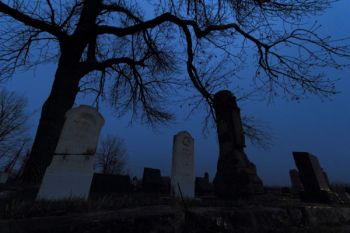
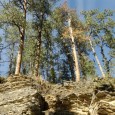
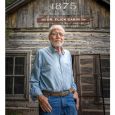
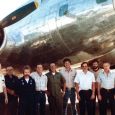

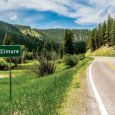
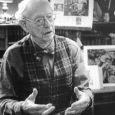


Comments